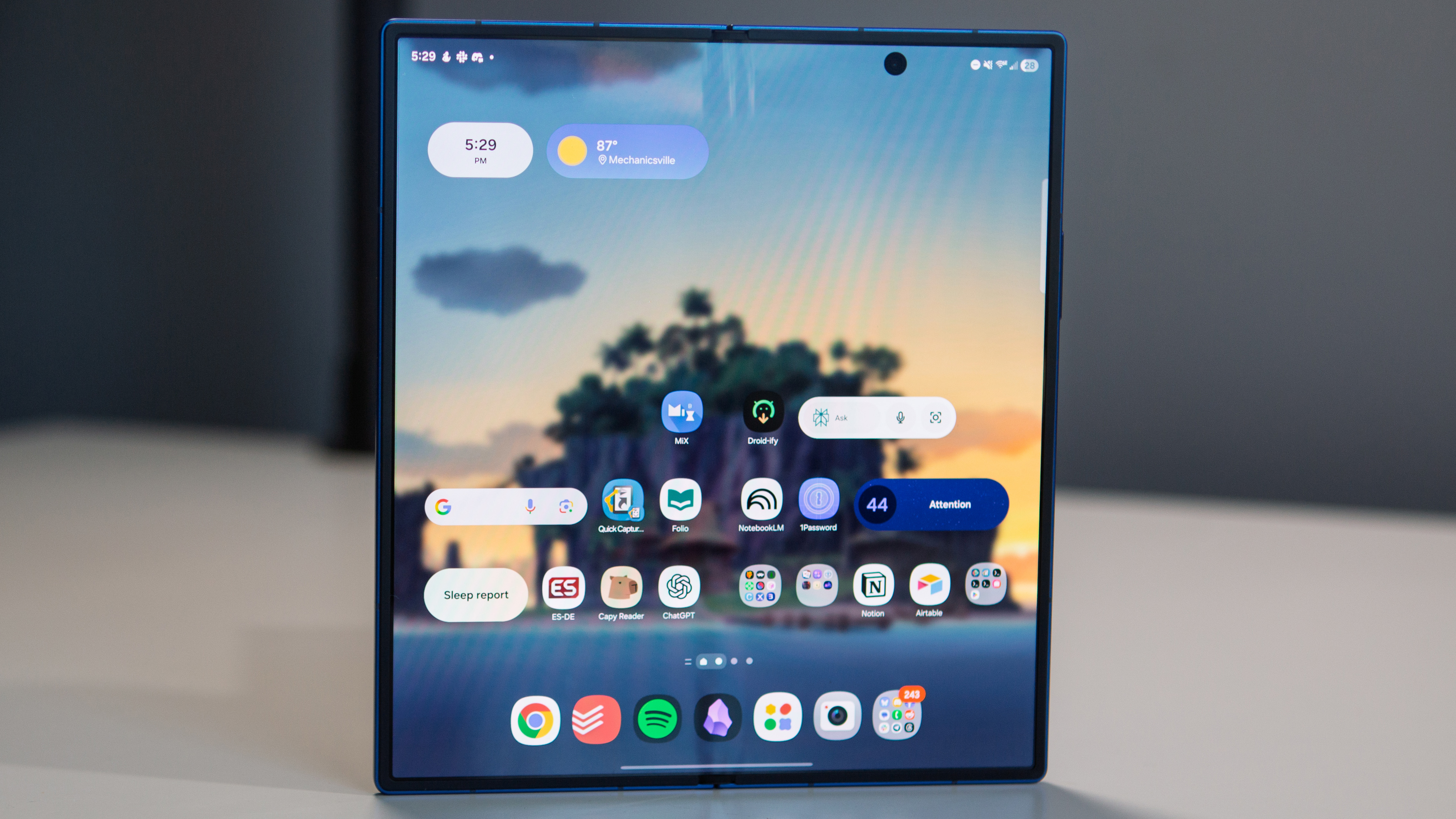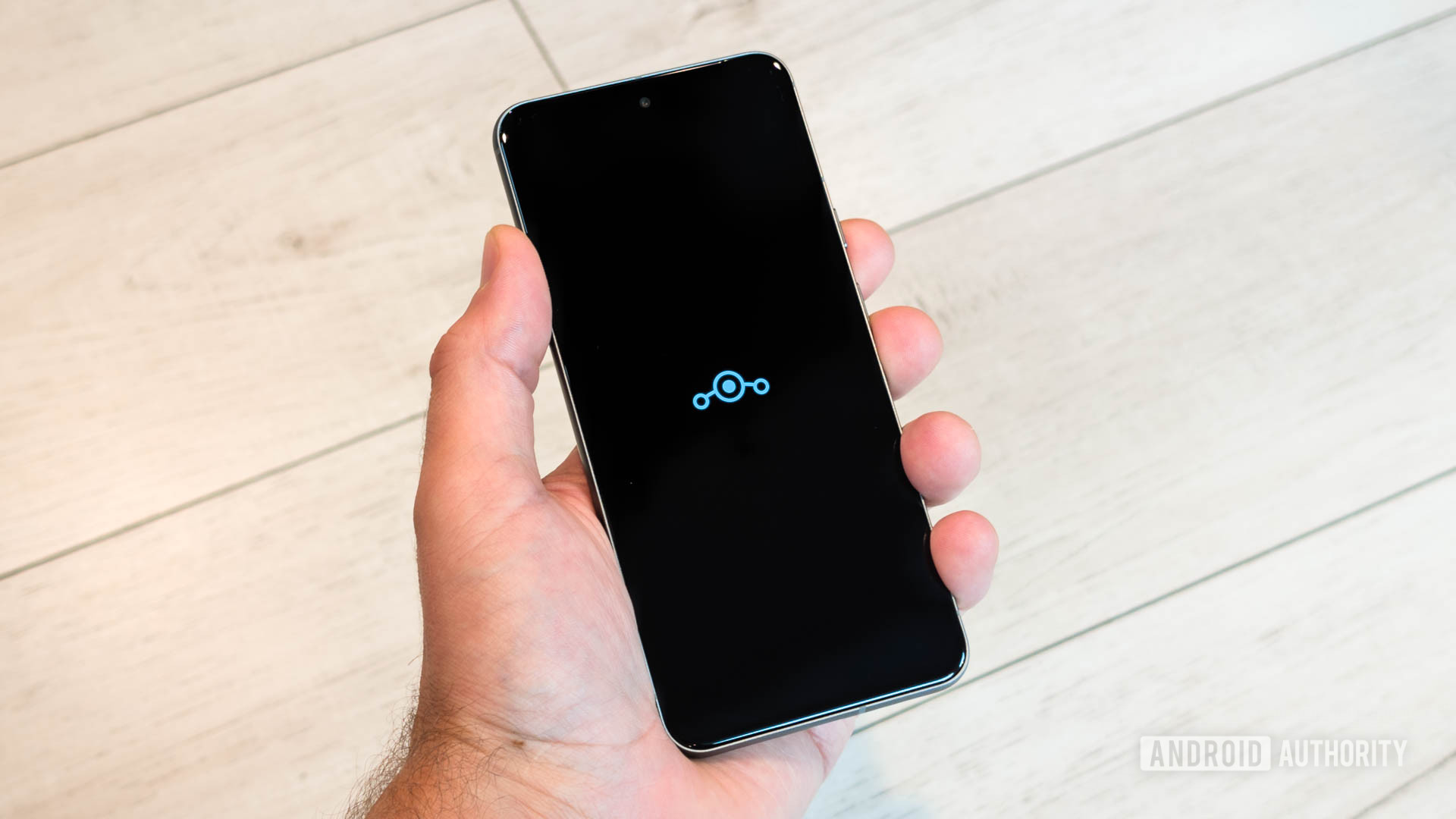What you need to know
- One UI 8 might silently kill off bootloader unlocks on Galaxy phones, even outside the U.S.
- The “OEM Unlocking” toggle in developer settings is apparently nowhere to be found on Z Fold 7 and Flip 7 running One UI 8.
- A new boot configuration line (androidboot.other.locked=1) is hiding the unlock option entirely.
Samsung’s One UI 8 might quietly shut down bootloader unlocks on your beloved Galaxy phones once it hits the stable channel, a move that signals tighter control over what users can tweak under the hood.
One UI 8, built on Android 16 and launched alongside the Samsung Galaxy Z Fold 7 and Z Flip 7, seems to be missing the “OEM Unlocking” toggle in developer settings. This option was key for installing custom ROMs, and its removal, as per an XDA Forum post, points to Samsung tightening its stance on device modding (via SammyGuru).
Samsung used to limit bootloader unlocking to U.S. models, but that restriction seems to be going worldwide with One UI 8. According to the XDA Forum post, the OEM Unlocking option is missing on international Galaxy devices too, hinting that bootloader access might now be fully blocked across the board.
Digging into the bootloader configuration, the post author found a new line: androidboot.other.locked=1. This flag directly hides the “OEM Unlock” toggle in settings. When it’s set to 1, the option disappears, blocking users from even starting the bootloader unlock process.

No more U.S.-only lock
That line, which was once limited to U.S. models, has now shown up in One UI 8 builds for non-U.S. regions too, signaling that Samsung’s bootloader lock is no longer region-specific but likely a global rule.
Several Galaxy Z Fold 7 and Flip 7 owners, outside the U.S. included, have confirmed that the “OEM Unlocking” toggle is gone, as noted by SammyGuru.
Samsung’s stable One UI 8 release also looks set to lock down recent flagships by removing the bootloader unlock option, effectively cutting off any shot at custom ROMs or kernel work on newer Galaxy flagships.
For Android power users and developers, this change hits hard. Unlocking the bootloader is the gateway to all kinds of deep-level tweaks, like custom ROMs, custom kernels for better performance or battery life, and root access for full control way beyond what stock software allows.
Most regular users probably won’t even notice this change, seeing as very few ever touch developer settings, let alone need an unlocked bootloader.





















